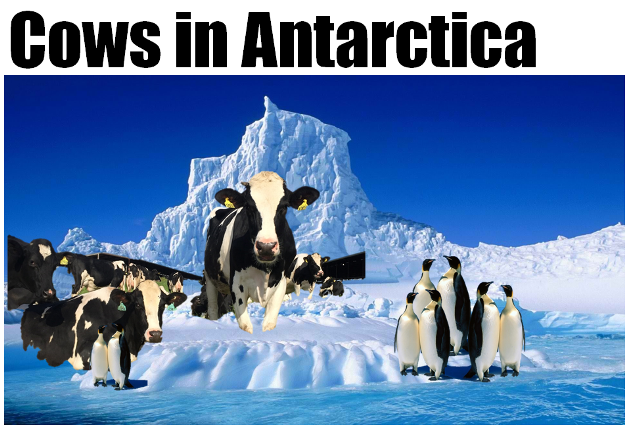
Antarctica is the final frontier, known for its icy vistas and desolation. Many explorers died making the trek to the southernmost point on the world, but humans are not the only ones to have explored Antarctica.
October 22, 1933, a group of 3 prize winning cows departed on their journey with USA Admiral Richard E. Byrd on his second expedition to Antarctica – The reason being that milk does a body good. Admiral Byrd was fond of dairy cows and according to the tale insisted that the cows that join him be of the Guernsey breed so that his crew could have adequate protein and nutrition they needed – and of course to be the first person to bring cows to Antarctica.
The cows that were chosen for the journey were special prize winning cows from reputable farms at the time:
The 3 Guernseys boarding the ship
-
Foremost Southern Girl, New York
Foremost Southern Girl was a Guernsey cow volunteered by JC Penny the founder of the clothing retail chain that bears his name. JC Penny was an advocate of the Guernsey breed and spent much of his later life promoting the breed. Southern Girl was sired by a Guernsey bull (Langwater Foremost) he paid a record price of $20,000 for in 1920 – today that would amount to over $250,000.
-
Deerfoot Guernsey Maid, Massachusetts
Deerfoot Guernsey Maid was a celebrity cow at the time being featured prominently in Surge milking equipment advertisements.
-
Klondike Gay Nira, North Carolina
Klondike Gay Nira was bred and confirmed pregnant prior to her departure. It was the intention that Klondike would have her calf in Antarctica and be the first cow to give birth there.
The cows traveled in comfortable quarters on the ship. A mini barn was built in the ship with shelter to moderate the extreme weather and temperature fluctuations. Depending on their location, the ships temperature had to be moderated from the extreme heat near the equator, or the frigid temperatures in the lower latitudes.
Being that a cow can eat over 100 lbs. of feed per day, a lot of feed was carried aboard for the 11,000 mile journey. They also brought a 2 year supply of straw and sand for bedding.
On board the ship
First Cow born in the Furthest South Latitudes
As they neared their destination, the Guernsey cow Klondike blessed the crew with a baby bull calf which they named “Iceberg” in honor of all the icebergs they were passing. Iceberg is officially the first dairy animal to be born that far south.
One of the Sailors Bob Young notes the story: “On December 19 we saw our first icebergs-and incidentally one of the cows gave birth to a calf, which was promptly named ‘Iceberg’.
Iceberg – Born December 19, 1933 on the Byrd Antarctic Expedition II The Farthest South of any Dairy Animal.
Cows in Antarctica
January 17, 1934, the ship reached its destination. The cows arrived in good condition and were all being milked twice a day. Iceberg the baby calf was thriving and healthy.
In Antarctica, the cows were moved on shore to a temporary tent while an ice block barn was built for them – basically an Igloo barn (they were eskiMoos). Unfortunately, the cows had to walk 3 miles to get to their igloo barn. The cow’s warmth and weight caused them to sink in the ice. They crew had to help the cows up when they would get stuck in the melting snow. Tragically, Iceberg’s mother developed frostbite and had to be put down. The ships Herdsman is quoted in Admiral Byrd’s book, The Discovery, “I’ve put away a lot of ’em, Admiral, but it never got me before. I guess I got pretty fond of that cow”.
Once at the igloo barn, the crew kept the cows warm with a coal stove. The crew didn’t need to milk the cows by hand but instead had portable milking units powered by a wind generator that produced electricity. The cows provided the research team with milk while they completed their research assignments. The crew was served milk in Golden Guernsey glass bottles. The paper caps were printed; “Byrd Antarctic Expedition, Golden Guernsey Milk Produced on Board the Jacob Ruppert.”
Heroic Return
In 1935, 3 Guernsey’s, Iceberg, Foremost Southern Girl and Deerfoot Guernsey Maid returned to America completing their 22,000 mile adventure. They returned to their original owners and farms. Iceberg became an American folk hero and had a medallion made in his honor. Deerfoot Guernsey Maid grew a thick winter coat while at the South Pole. She never lost it once back home. She lived until 1942.
These Guernseys were true explorers

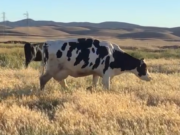
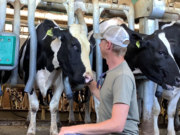
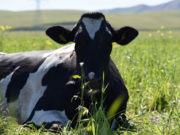
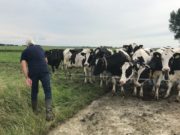
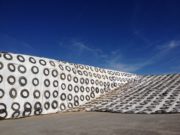
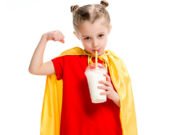
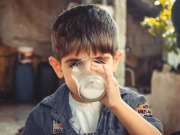
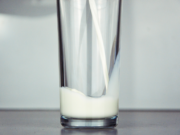
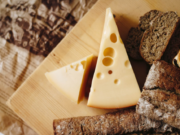
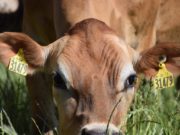
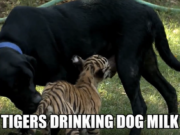
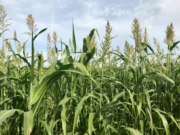
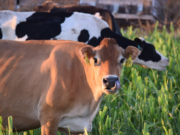
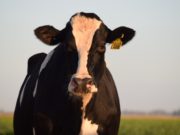
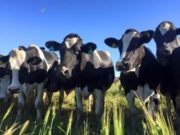





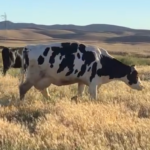
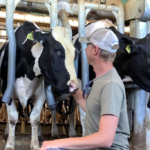
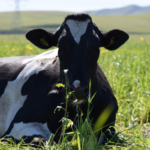


Thank you for this! Very entertaining and informative. Love your site! Funny stuff. “I’ll be the first guy in Antarctica.. hmm.. better take some high quality cows!”. LoL
Thank you very much. I literally stumbled across this article, I don’t even know how I found it. It’s not something you’d ever think of looking up haha
nice post dairy moos guy never know that cows where in Antarctica at one point in time!
https://paperspast.natlib.govt.nz/newspapers/EP19340223.2.160
Check out this article – My great uncle was BR O’Brien – I have a tape of him recorded many years later describing this.
A separate fascinating story about how/why he ended up on the expedition –
https://paperspast.natlib.govt.nz/newspapers/HC19340223.2.33?query=o%27brien%20byrd%20maori
Ben O’Brien (radio name Bryan O’Brien) was also a composer/songwriter
Google Byron Gay – the cows had some very musical companions
Hey that’s pretty neat- thanks for sharing